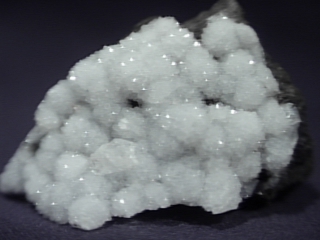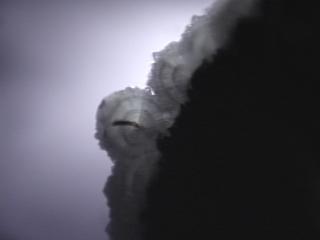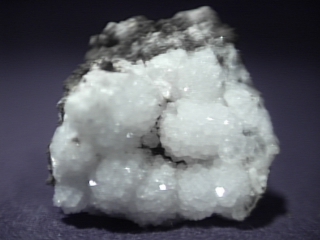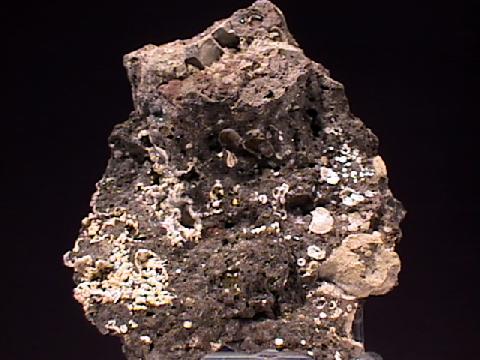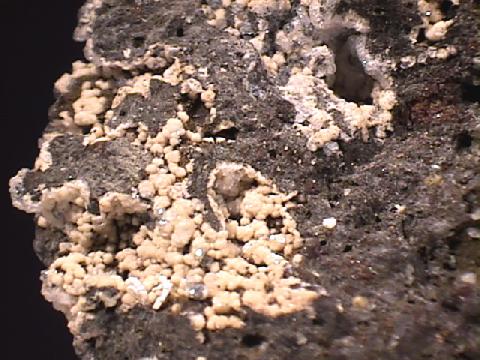 THE MINERAL PHILLIPSITE
THE MINERAL PHILLIPSITE
- Chemistry: KCaAl3Si5O16 - 6H2O, Hydrated potassium calcium aluminum silicate.
- Class: Silicates
- Subclass: Tektosilicates
- Group: Zeolites
- Uses: Mineral specimen and chemical filter.
Specimens
Zeolites have an openness about their structure that allows large ions and molecules to reside and actually move around inside the overall framework. The structure actually contains open channels that allow water and large ions to travel into and out of the crystal structure. The size of these channels controls the size of the molecules or ions and therefore a zeolite like phillipsite can act as a chemical sieve, allowing some ions to pass through while blocking others.
PHYSICAL CHARACTERISTICS:
- Color is clear, white, yellowish and reddish.
- Luster is vitreous, also silky on sphericule's surfaces.
- Transparency: Crystals are transparent to translucent.
- Crystal System is monoclinic; 2/m
- Crystal Habits include attached crystal aggregates. Single tabular crystals are rare, more commonly twinned into "fourlings" or more complicated groupings. Sphericules are small tight balls that have a sparkling or silky luster in phillipsite. Aggregates can be radiating, fibrous, columnar and encrusting.
- Cleavage is imperfect in one direction.
- Fracture is uneven.
- Hardness is 4 - 4.5.
- Specific Gravity is approximately 2.2 (very light)
- Streak is white.
- Associated Minerals are quartz, calcite, chabazite, natrolite, heulandite, stilbite and other zeolites.
- Notable Occurrences include Siegerland, Germany; Moyle, Northern Ireland; Capo di Bove and Mt. Vesuvius, Italy; Groschlattengruen, Bavaria; Cape Grim, Tasmania, Australia and Iceland.
- Best Field Indicators are crystal habit, twinning, density, hardness and associations.

